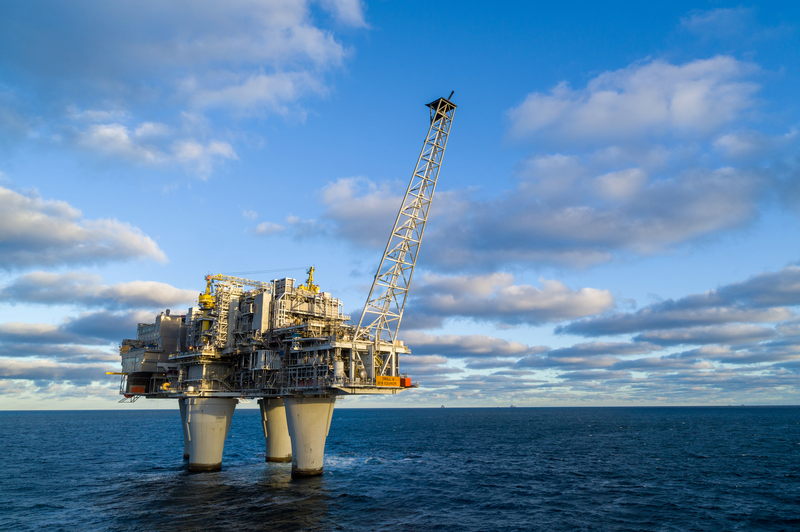When the NPD issued their latest resources inventory last week, one of the headlines was that proven resources had increased by 893 MMboe compared to last year’s accounts. And, 65% of the increase was gas!
Given the tensions further east, and the rocketing gas prices seen in recent months, it is no surprise to see that the NPD decided to feature gas when selecting the highlights of their 2021 reporting.
But behind this seemingly good bit of news is another trend and statistic.
Total production from the Norwegian Continental Shelf was 1,510 MMboe last year. Yes, some more oil and gas were found (the maximum of 893 MMboe mentioned above), but not nearly enough to replace what has been produced. In addition, these proven resources still need to be firmed up through appraisal drilling and may thus disappoint further down the line. As is often the case for smaller finds.
In addition to this, if near-field exploration continues to be the main way in which reserves are being added through exploration drilling, chances are slim that the statistic seen in 2021 will be reversed anytime soon.
Norway’s gas resources
Let’s have a look at total gas resources for the Norwegian Continental Shelf. The NPD estimates that in the base case scenario there will be almost 4,000 Bcm of gas left on the NCS. This equates to roughly 10 years of consumption across the European Union, which is around 400 Bcm. Not too bad, one would say.

Until one realises that 1,735 Bcm out of the 4,000 Bcm is classified as Undiscovered Resource. That leaves about 2,265 Bcm of gas left to produce from the NCS if nothing was found any more. Which means there is a little more than five years of equivalent EU gas consumption left in Norway waters. True, more gas will most likely be found, but the volumes added these days are really quite modest to small in the grand scheme of things.
If these numbers reiterate one thing, it is the realisation how dependent Europe is on gas import. If this is combined with the observation how much the average near-field gas discovery in the North Sea is these days – let’s say 5-10 Bcm – the conclusion that should be drawn is that the industry is one trying to extend the life of its infrastructure but unable to replace let alone grow reserves.
And Russia? This country’s gas reserves amount to around 48,000 Bcm. Enough to supply the entire EU for a duration of 120 years if it would export it all.
Is it time for some frontier exploration? Maybe. It is time for sure to prioritise the energy transition even more. Not only because of environmental reasons, but also from a security of supply perspective.
HENK KOMBRINK





